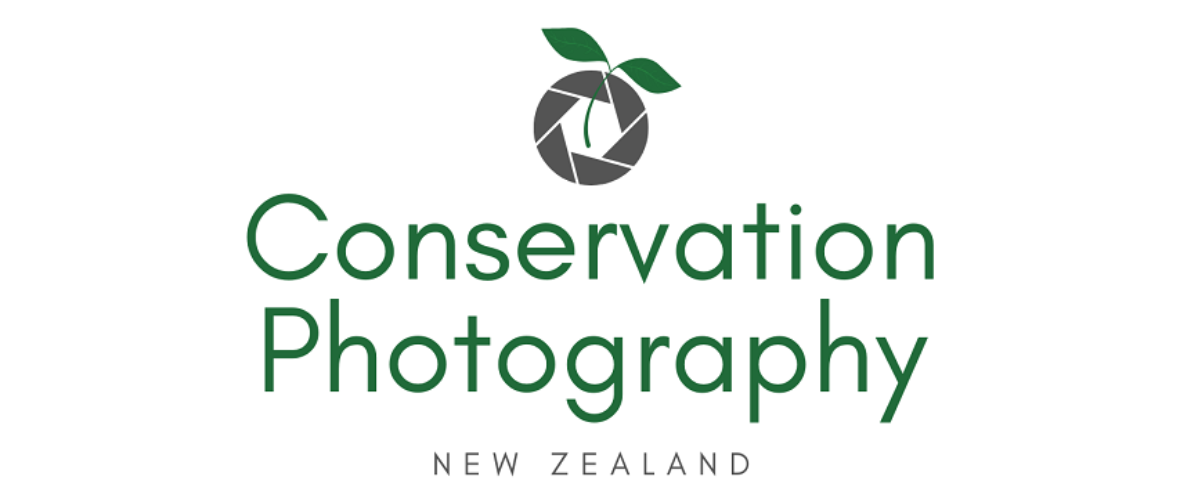From the IUCN’s Save Our Species website.
“Stunning images captured by Nathalie Houdin and Denis Palanque documenting the shift from conflict to harmony in this livestock farming landscape won second prize in the category Man and Nature during the Terre Sauvage Nature Image Awards (NIA) 2016.
“But it also won the IUCN Bourse for its powerful conservation storytelling quality: the objective of the Karoo Predator Project is to understand the ecology and political-economy of predation and to explore ways of protecting biodiversity whilst ensuring sustainable livelihoods. Terre Sauvage Magazine interviewed Nathalie and Denis about the evolution in their photography work as conservation photographers”
You can read the interview, translated from French, here.
The biodiversity in the Karoo area of South Africa includes caracals, medium sized wild cats, that prey on small mammals, birds and rodents – and livestock when prey is scarce.
Denis and Nathalie responded to the question – what role can photography play in promoting a conservation culture?
“We believe that photography has now become an essential tool for conservation. We live in a world that consumes a lot of images. And photography is a powerful medium capable of building a strong and lasting link between, on the one hand, the general public and, on the other, scientists and their sometimes very technical research.
“A series of powerful images can be more influential than a report or graphic. It resonates with our senses. A photograph can remain in the memory for a very long time, often more than words! If it is necessary to talk about an important cause or to raise awareness of a conservation problem, the image becomes a formidable tool for raising awareness.
“To our minds, all nature photographers should be involved in conservation. When we see the degradation of our ecosystems, we can no longer remain bystanders. The photographer must become an actor for change and put his art at the service of protecting and preserving the subject he loves so much – nature. This is essential for our future.“

